
The earthen mounds of Poverty Point are the remains of an ancient city constructed here in the flat delta plains of northeastern Louisiana 3,400 years ago. The site is so significant that it has been named a World Heritage Site.
On a dark night, you get a view of the stars that gives a sense of what the ancient people who lived here may have seen. This time lapse video shows the milky way, followed by the planets Jupiter and Saturn, rising above Mount A, the largest of Poverty Point’s mounds.
Viewed from a distant farm, the great mound is close to the height of the treetops. This giant mound was the centerpiece of a large prehistoric community of hunters-gatherers and was likely Louisiana’s first major city. “It’s incredible, it’s really a significant site for all humanity,” explains Dr. Diana Greenlee, the station archaeologist at Poverty Point. “It’s got this complex of mounds and ridges that is just not seen anywhere else.”

It wasn’t until the early 1950’s that archealogists realized the signficance of this site. Aerial photographs revealed something that wasn’t noticeable on the ground. In front of the large mound were six semi-circular ridges that measured three-quarters of a mile across.
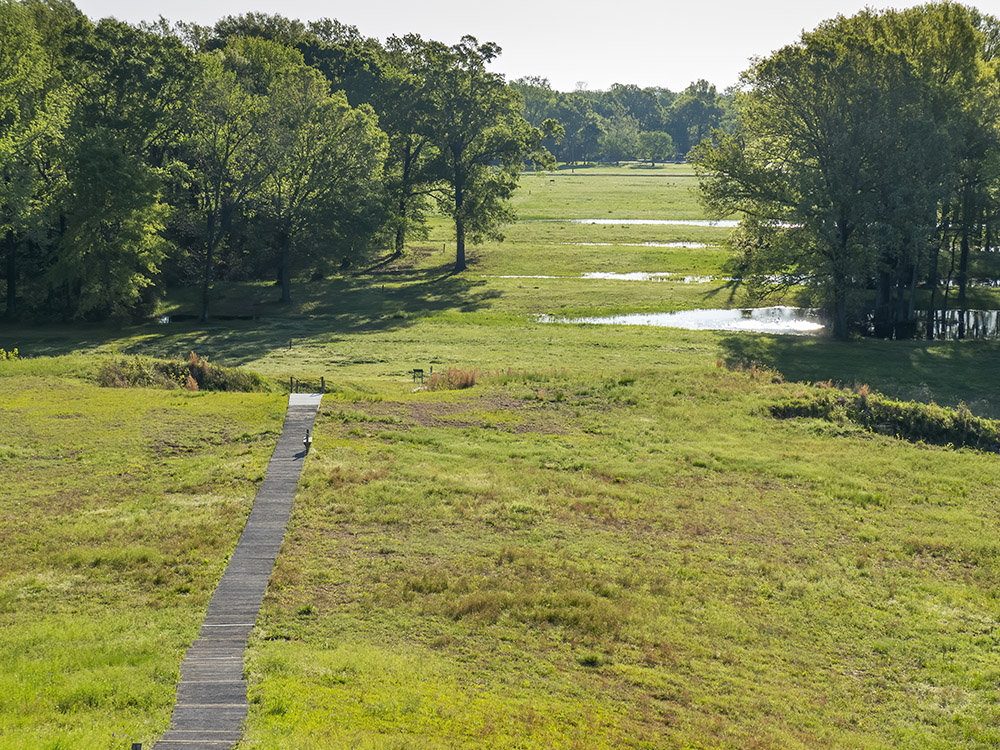
After a rain, water puddles in the low areas between the man-made ridges that held the dwellings. “We know that that’s where they lived,” explains Greenlee, “because that’s where we find most of the artifacts. That’s where we find most of the hearths and the earth ovens that they used for cooking.”

The mounds were built one basketful of dirt at a time. The largest mound which stands 72 feet tall, contains 8-million cubic feet of dirt. “That’s like 15 ½ million 50-pound basket loads of dirt. That’s a lot of dirt,” says Greenlee.
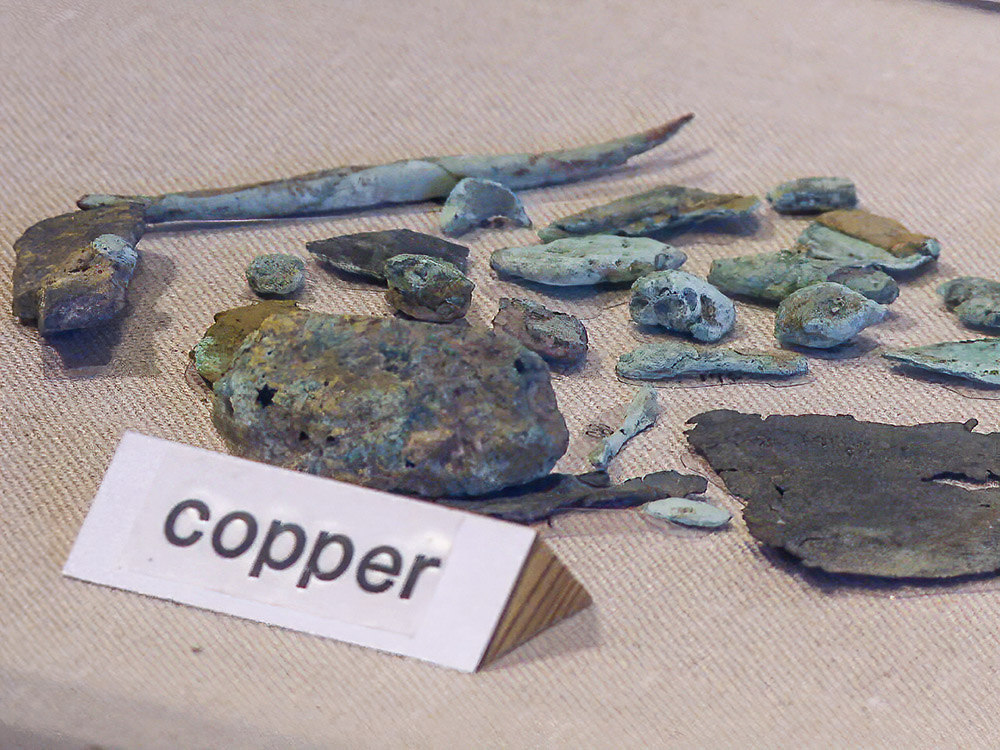
Poverty Point was part of a massive trade network. Stones and metals found on the site were brought in from places as distant at Illinois.
These ancient people imported 78 tons of stone, brought in from other parts of America, up to a thousand miles away. And they left behind hundreds of thousands of artifacts including the points of arrows and spears, pottery, tools and figurines.
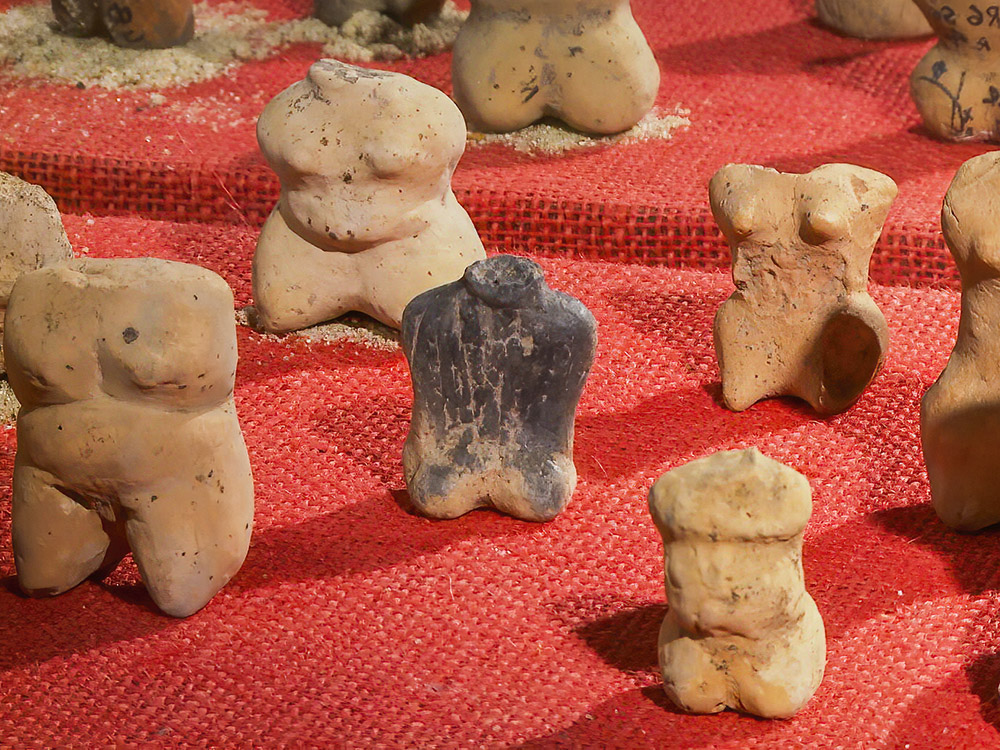
“We do get some sort of sense of hairstyle”, Greenlee explains. “They definitely have different physical characteristics. Some of them were very slender, some of them are very plump.”

The purpose of these mounds and why the site was abandoned are still mysteries. But Poverty Point provides a fascinating window into our ancient past with the construction of a great city that thrived here for 600 years.
6859 LA-577, Pioneer, LA 71266



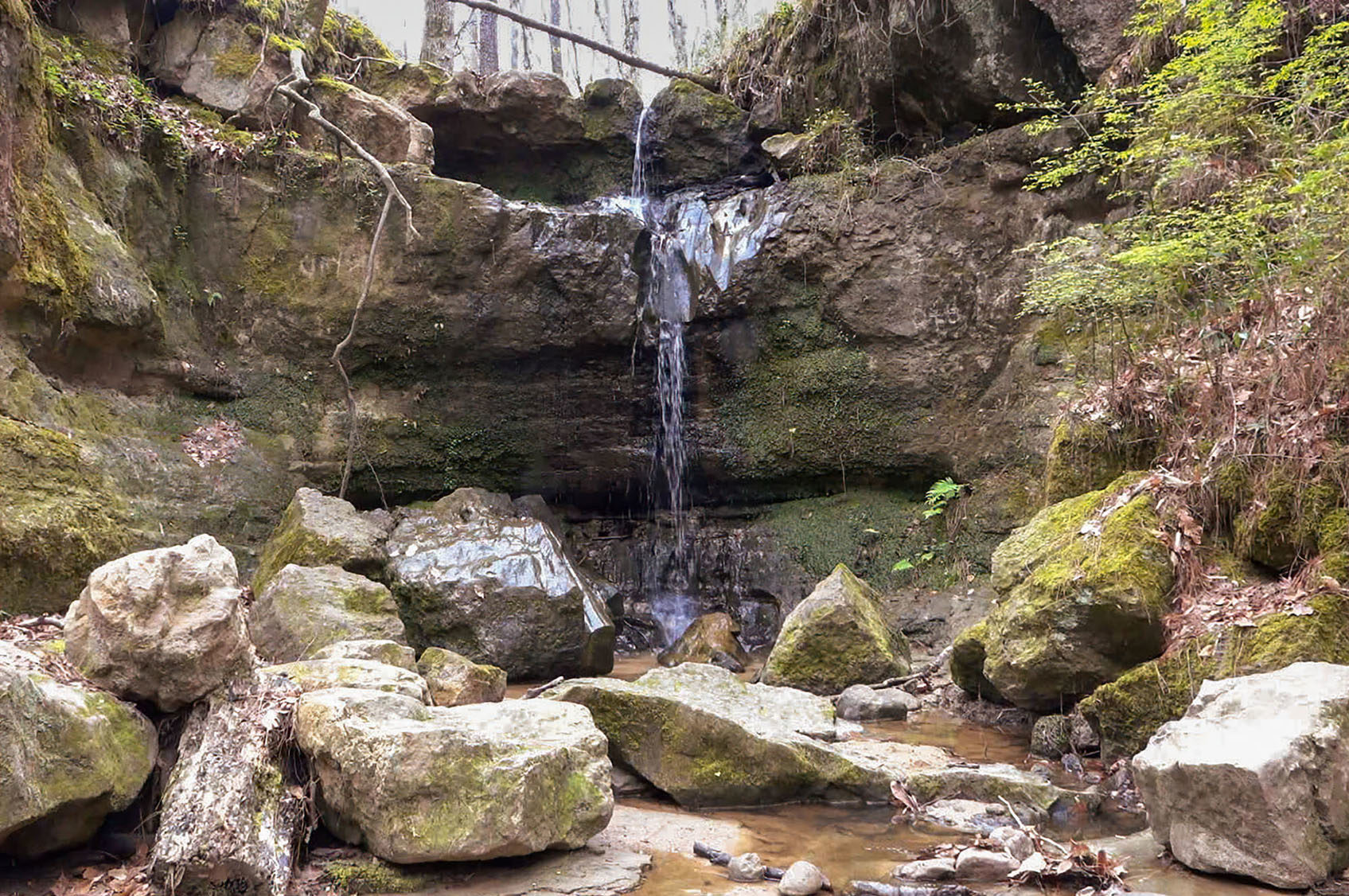
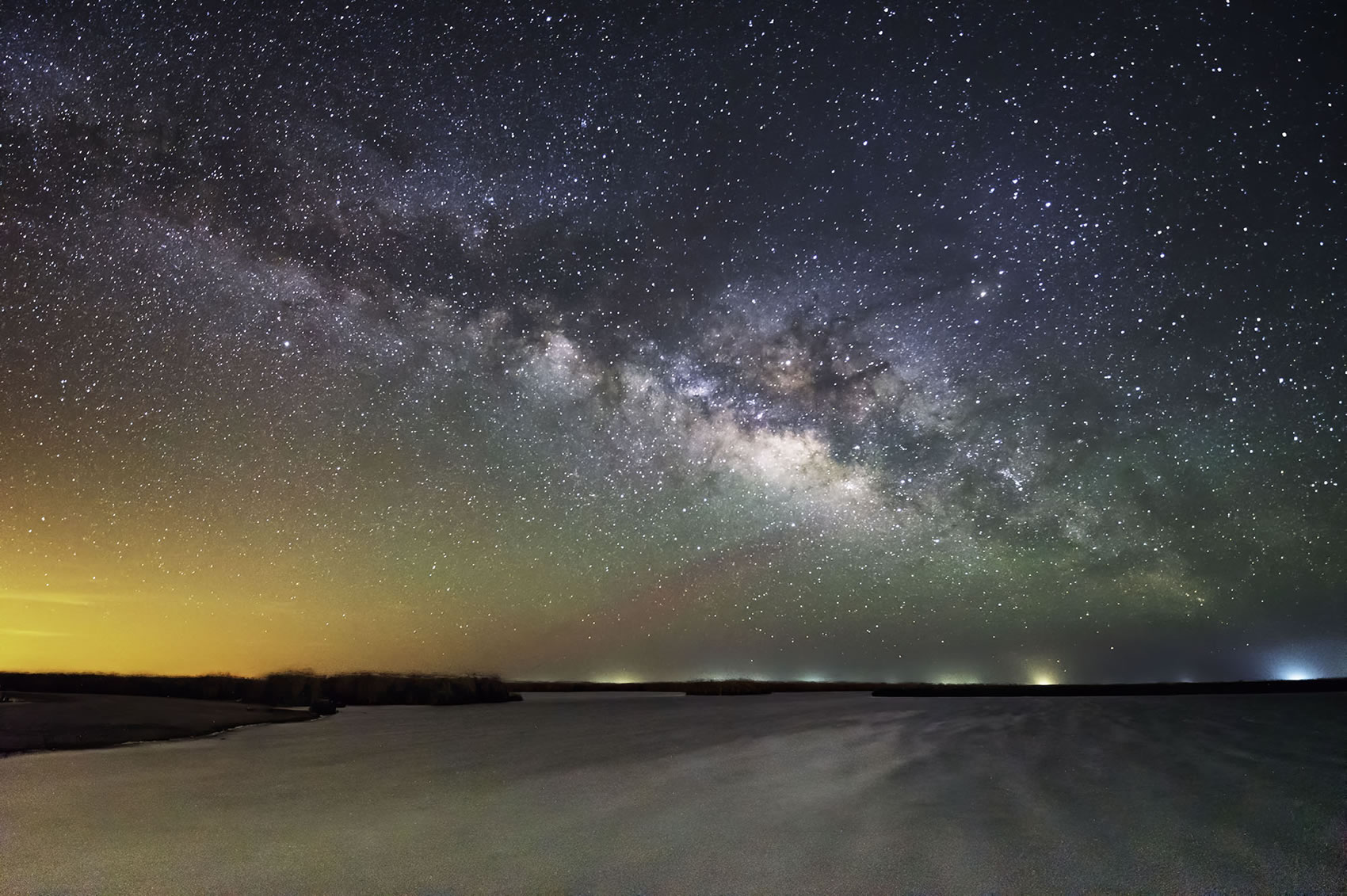
MaryAnn Queen
I was born in Baton Rouge Louisiana. I lived in Tallulah during my childhood. It is such a beautiful place lovely people & native American heritage that has deep roots in my heart & life. I visited Mound many times.